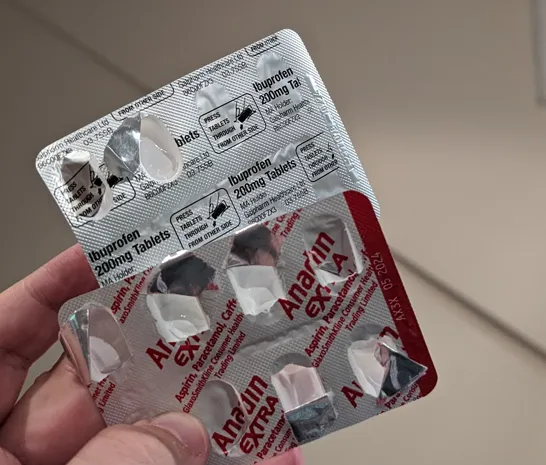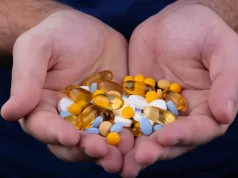When understanding medication, a confusing area concerns the name of a medicine. The majority of medications have more than one name.
In many cases, this is due to a medication either being “branded” or “generic”. In this article, we take a look at the difference in names and the reason for this.

Background
To begin with, when a pharmaceutical company discovers a drug, they can apply for a patent which gives them exclusive rights to marketing the medicine.
They will apply for a license to sell the medicine. Once this is granted (subject to stringent trials) they will be able to market the medicine under a name of their choice.
At this point, the pharmaceutical company will use a trade/branded name. This name will become well-known to consumers – with some even becoming household names.
But patents only last a certain length of time. Once a patent does expire, this opens the door for other manufacturers to create the medicine and market what is known as the “generic” version.
You can read more information about this process in our article that looks at the five stages involved with how a medicine becomes available.
The difference between branded and generic medicines
So the branded/trade name of the medicine is the name given by the company that makes the drug. Meanwhile its generic name is the medical name of the drug.
An example is the antidepressant with the brand name “Prozac”. The generic version of this medicine is called “Fluoxetine”. Many people only know the medicine by its branded/trade name. But its actual medical name is Fluoxetine.
Moreover, there are often multiple trade names. Carrying on with the above example, the generic Fluoxetine also has the brand names “Olena” and “Prozep”.
Another example is the generic medicine “Sertraline” – another popular antidepressant. It has many different branded names – including “Zoloft” and “Lustral”.
It isn’t just psychotropic medications that follow this. For example – the widely known mild painkiller “Tylenol” is the branded version of paracetamol. Many aren’t aware that these two are the same medicine.
It can be confusing when multiple names are used for identical medicines. But given the amount of money available to pharmaceutical companies through selling medicines – they are eager to brand their medicine!
Is the actual drug the same?
It is very important to state that generic medicines and branded medicines are exactly the same. This is very important to remember.
Healthcare providers typically use generic versions of medicines as they cost far less than branded versions – despite being the same medicine.
This is because branded versions of the medicines are the result of years of research, development and marketing. This means pharmaceutical companies need to make their money back through selling the branded version.
But once the patent expires, a generic version can be created at a fraction of the cost – as there is no need for such companies to sell at a high price, as they do not need to cover the huge costs that research, development and marketing require.
So when you collect a prescription, you shouldn’t expect to see a branded version. Instead, it will typically be the generic name of the medicine that is on the box.
Summary
Medicine is capable of working wonders for many people. It can be very confusing to understand about medicine at first – with the difference between generic and branded medicines a common question.
But regardless of the name, it is the actual medicine that counts. As long as the medicine proves effective for the patient – this is the main thing.
See Also
- Can I Buy Mental Health Medication Online? Is it Safe?
- How Can You Safely Throw Away Unused Medicine?
- What is the Difference Between Private and NHS Prescriptions?
- 10 Things You Should Know Before Taking Psychiatric Medication
- The 5 Stages of How a Medicine Becomes Available
Disclaimer
This website should be used purely for informational purposes, and does not intend to, nor should it ever, be used as a replacement for professional medical advice.
We strive to keep all of our pages updated, and ensure that our website is full of factual and in-depth information. However, we encourage you to browse this website with care.
As a reminder, this website and all content within it cannot and should not replace the advice of a trained medical professional. You can read our full disclaimer at this link.
Helplines
If you are struggling with your mental health, help is available. With the right support and treatment, you can make a recovery. For information on helplines, or if you are in a state of crisis, please visit our crisis page by clicking on the relevant link for your geographical location (United Kingdom), (United States), (International). You can also see how to get mental health treatment and the process involved by clicking this link.



































